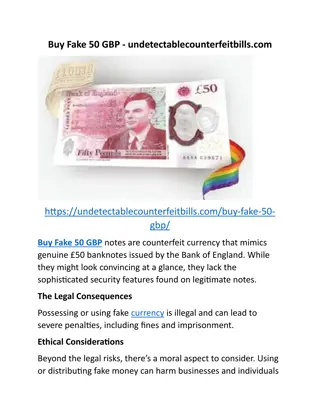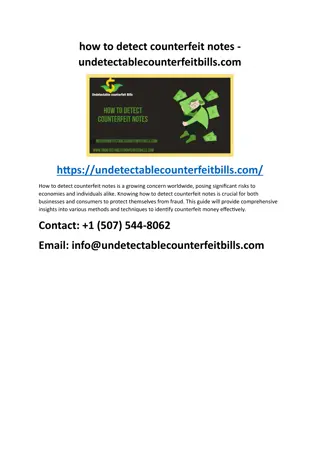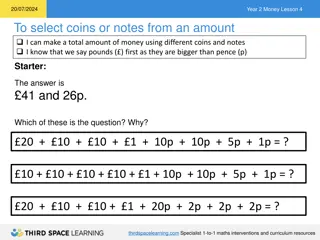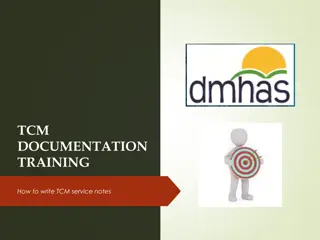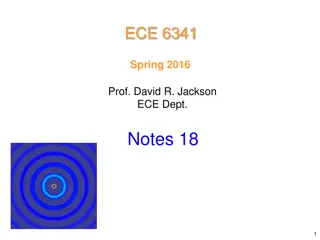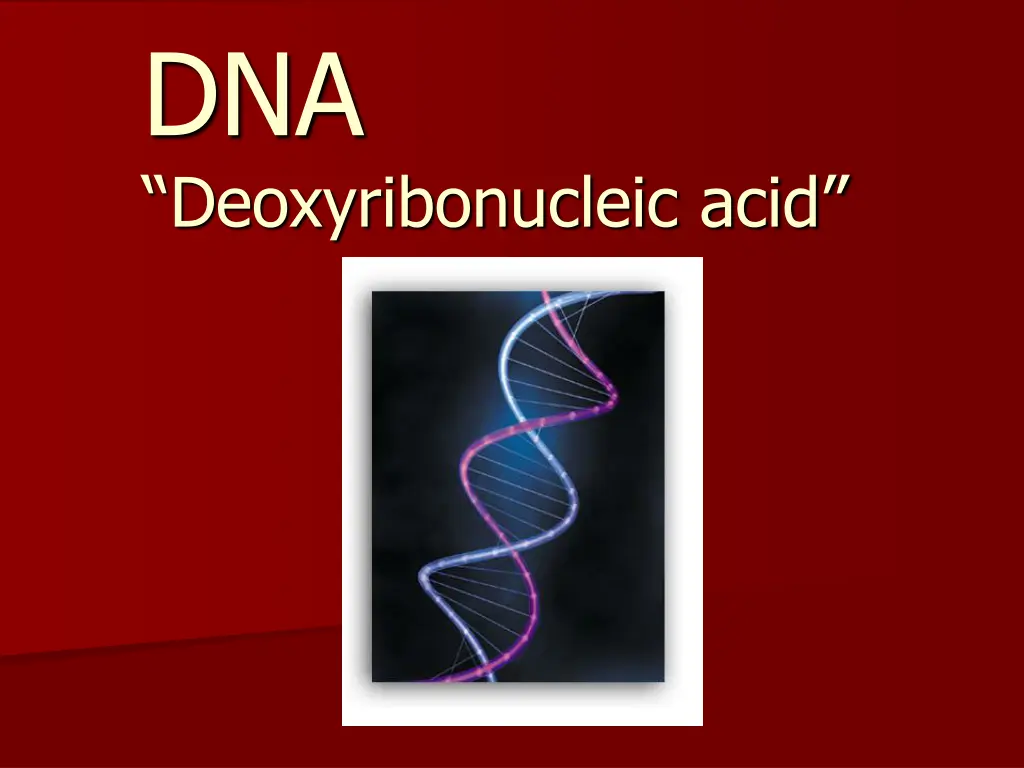
Understanding the Fascinating World of DNA
Delve into the history, structure, and function of DNA - the code of life governing all cellular activities. Explore DNA's discovery, replication process, and its pivotal role in heredity and protein synthesis.
Download Presentation

Please find below an Image/Link to download the presentation.
The content on the website is provided AS IS for your information and personal use only. It may not be sold, licensed, or shared on other websites without obtaining consent from the author. If you encounter any issues during the download, it is possible that the publisher has removed the file from their server.
You are allowed to download the files provided on this website for personal or commercial use, subject to the condition that they are used lawfully. All files are the property of their respective owners.
The content on the website is provided AS IS for your information and personal use only. It may not be sold, licensed, or shared on other websites without obtaining consent from the author.
E N D
Presentation Transcript
DNA Deoxyribonucleic acid
What is DNA? Hereditary material Code of Life -an organism s information code for making proteins or traits. Controls all of the activities of the cell. Found in the nucleus of EVERY cell in our bodies.
History of DNA By mid 1800 s, scientists knew that nuclei contained chemicals called nucleic acids. Rosalind Franklin used x-ray crystallography to discover that DNA is the shape of a twisted ladder called a double helix
1953- James Watson and Francis Crick made model of DNA Won the Nobel Prize
DNA Model Sides of Ladder: Sugar (deoxyribose) and phosphates Rungs of ladder: Nitrogen bases (adenine, thymine, guanine, and cytosine)
Chargaffs Rules The amount of cytosine always equals the amount of guanine. The amount of adenine always equals the amount of thymine. Therefore, they exist as pairs that match up with each other. A=T C=G
How is DNA Copied? By DNA Replication (occurs in interphase) Steps: 1. Enzymes unwind and separate the two strands. 2. Nitrogen bases floating in the nucleus pair up with original bases on each separated strand. 3. Two new identical DNA strands are formed






